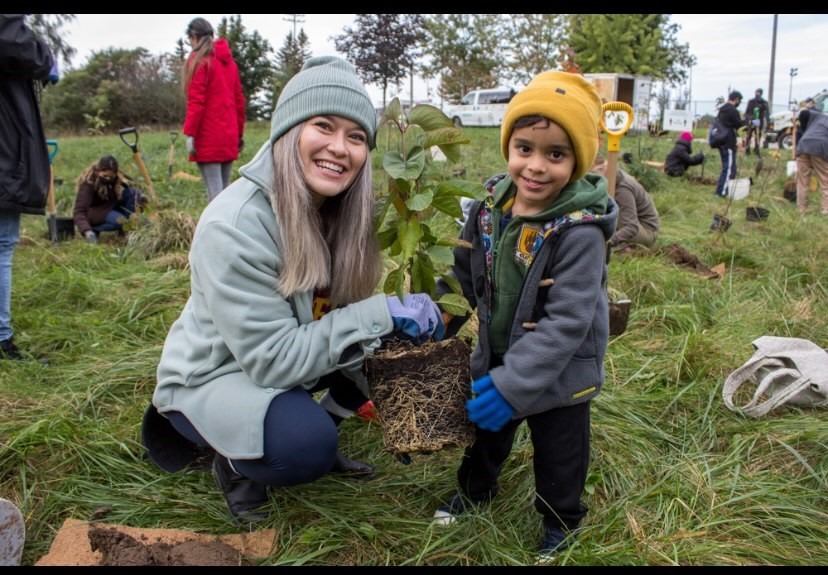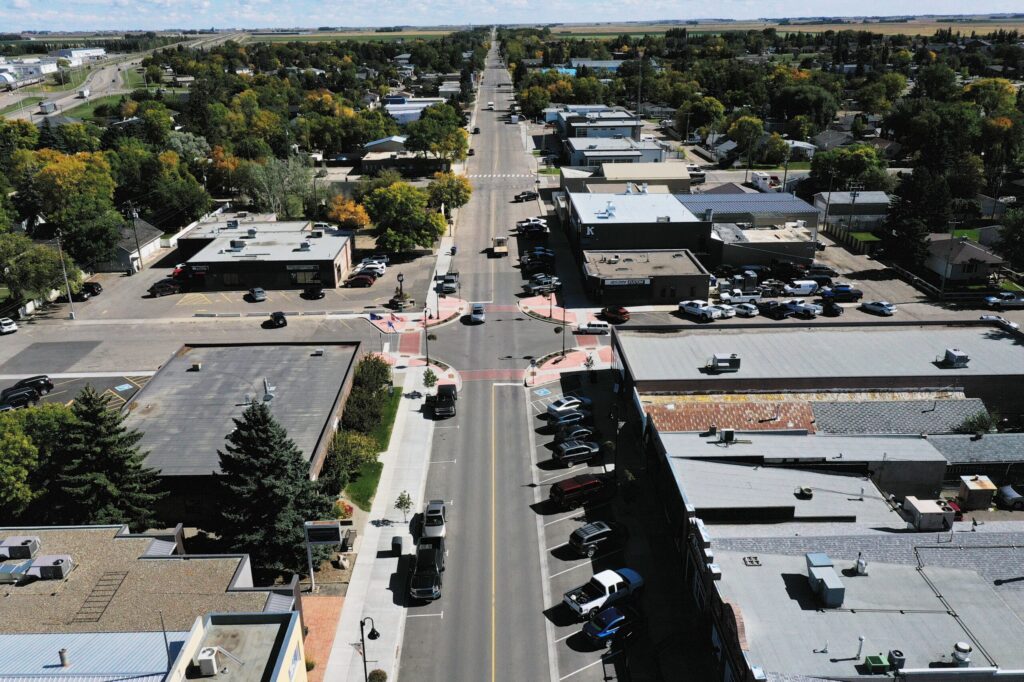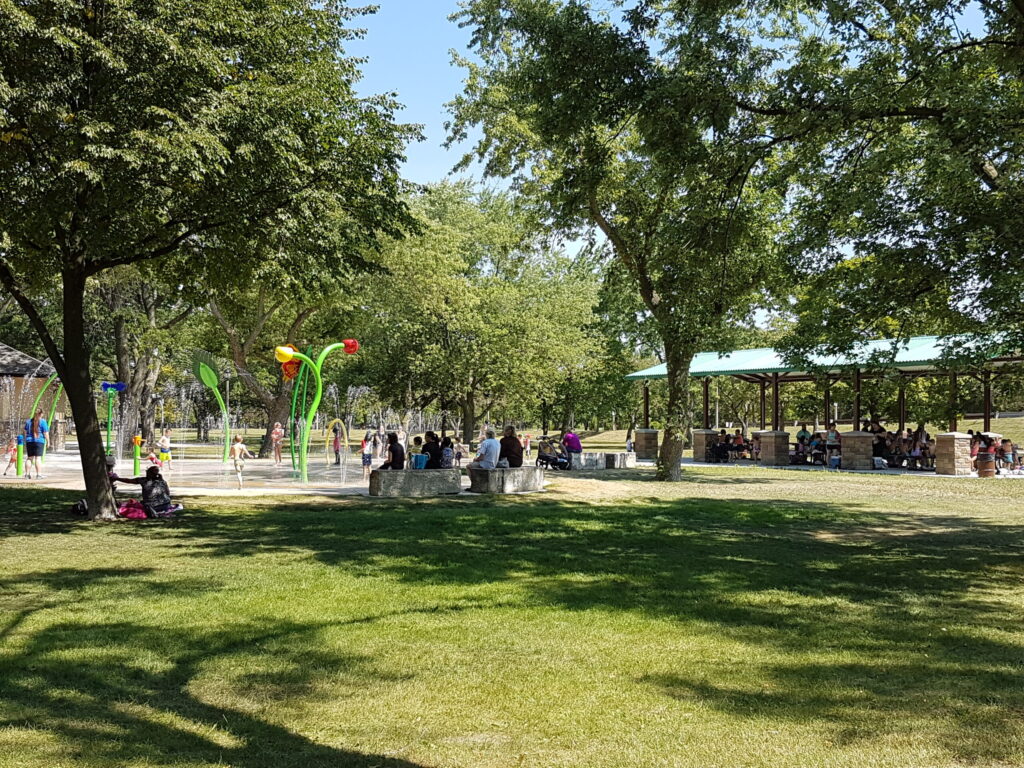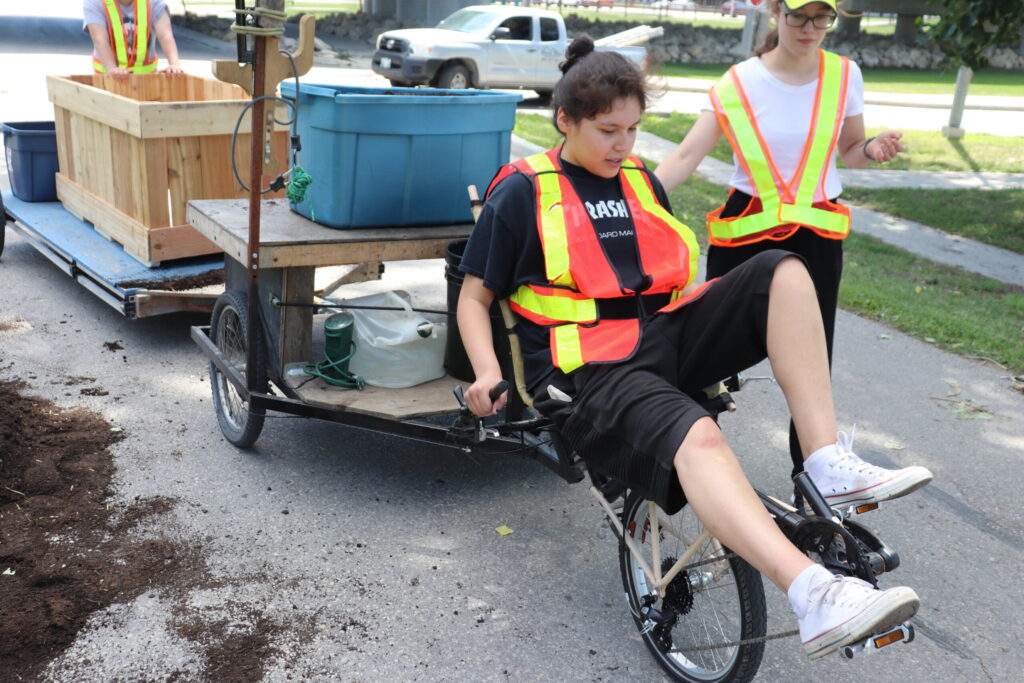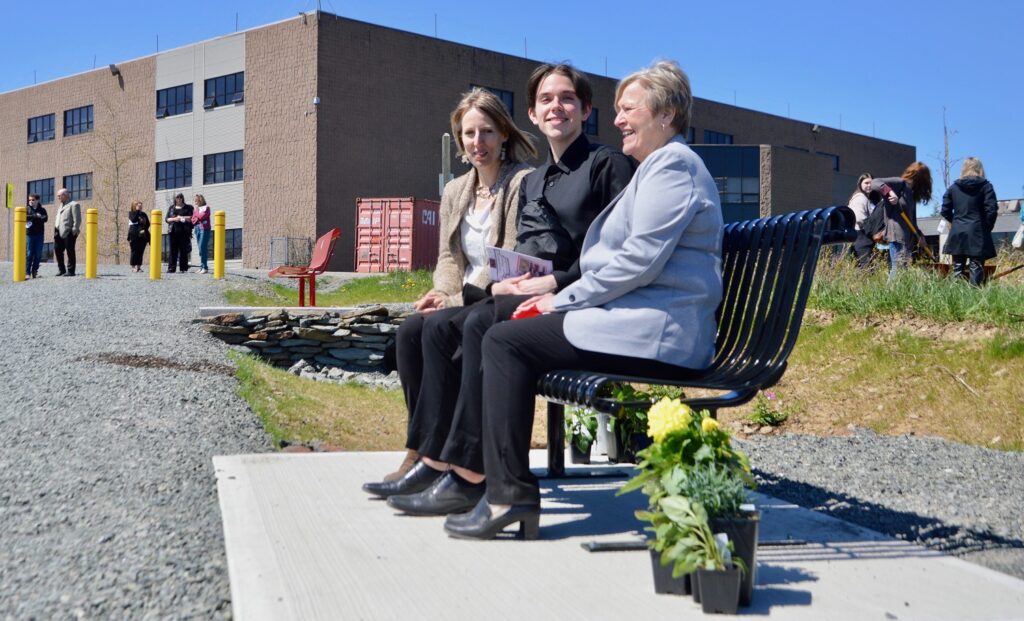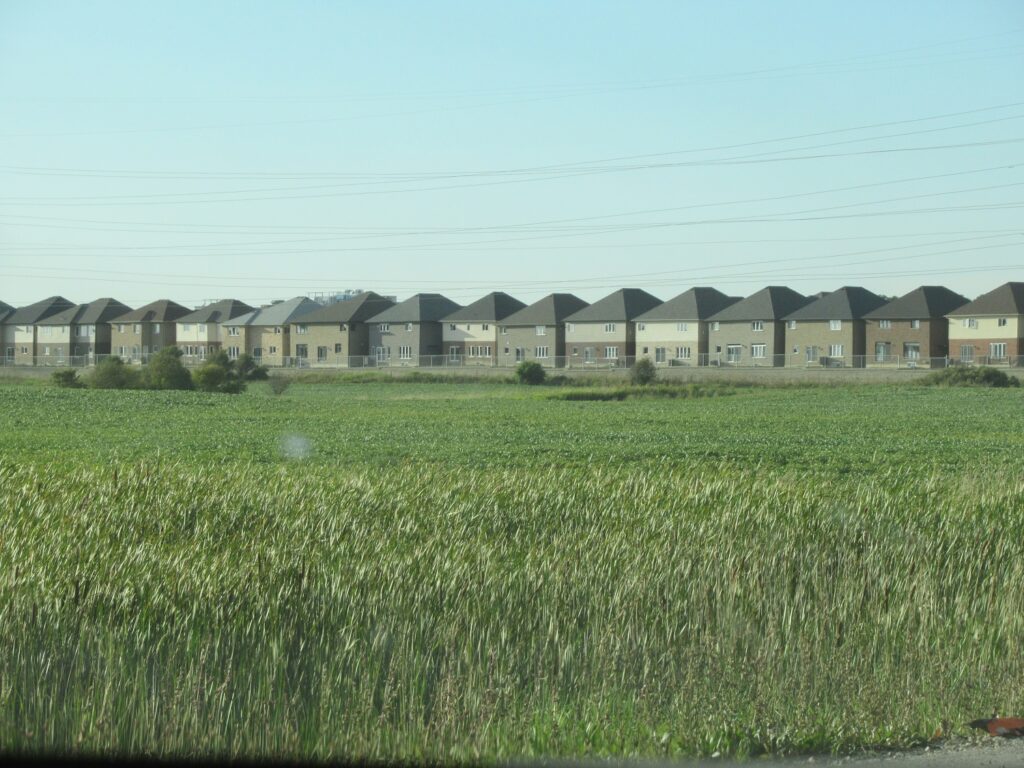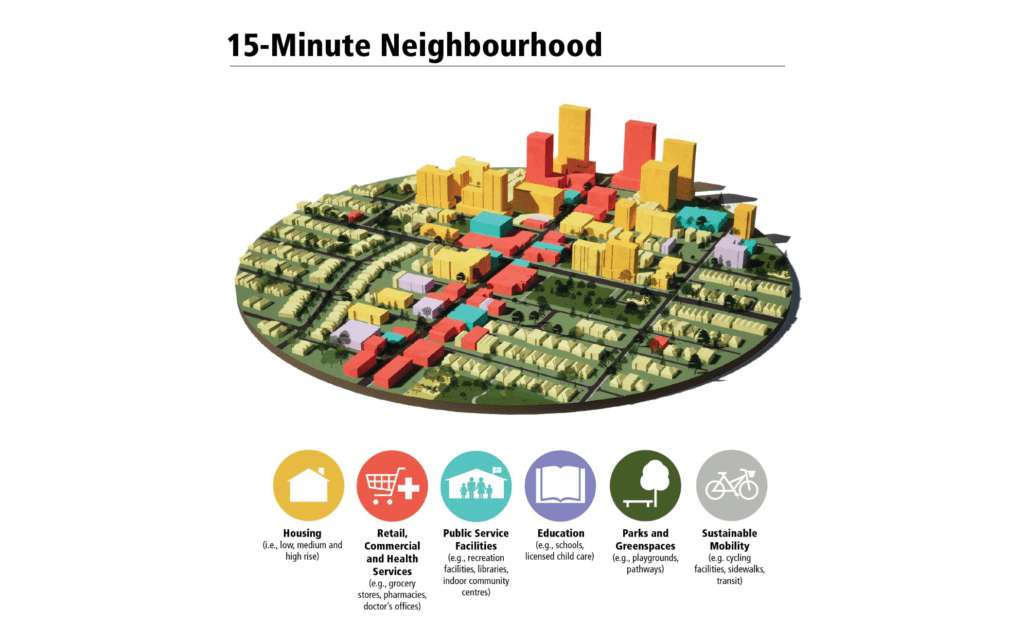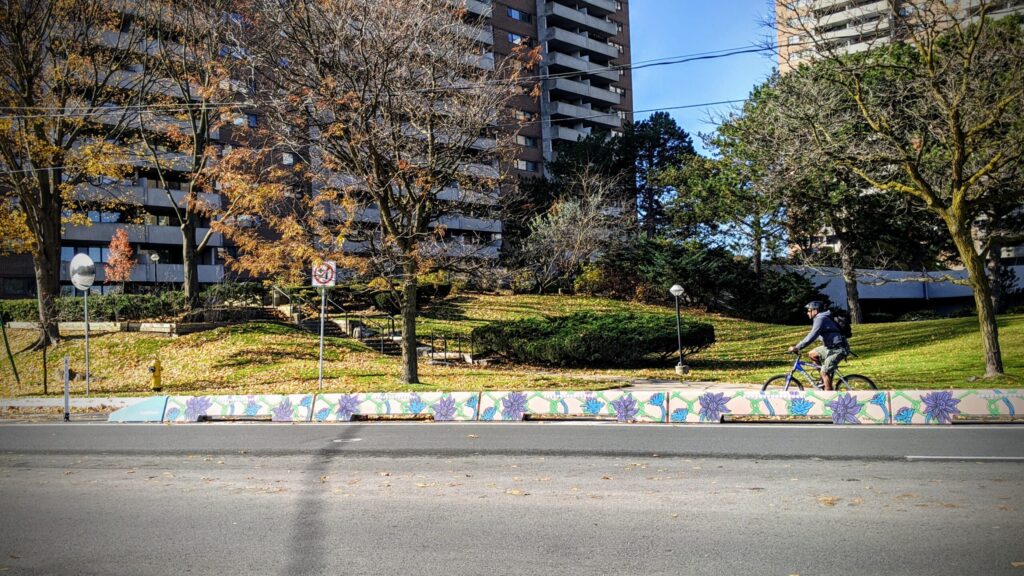Photo courtesy of Credit Valley Conservation.
Written by Kim Perrotta
Background
The Region of Peel has woven social equity and climate concerns into its tree planting strategy and developed a tool to help prioritize areas for tree planting.
With a population of 1.4 million people, Peel Region is a rapidly growing area located on the west side of Toronto, that includes the Cities of Mississauga and Brampton, and the Town of Caledon.
“With the development and growth that is coming to this region, various partners collaborated to create supportive tools and policies that would protect and enhance the tree canopy in our communities,” said Mark Pajot, Climate Change Advisor, Corporate Services, Region of Peel. “We wanted to ensure that these policies considered the many benefits that trees can provide and find synergies among the various priorities of different departments and agencies in the region.”
Process
A multi-disciplinary project team was established that included staff from several departments within the Region and from the two conservation authorities –Toronto Region Conservation Authority (TRCA) and Credit Valley Conservation (CVC). Over the course of two years, this team identified eight overall benefits – such as reducing the urban heat island effect – and categorized them under three sustainability themes – environmental, economic, and social.
“Planning brought the conservation authorities, local municipalities, public health professionals, foresters and planners together to identify the priorities of each group and the criteria that should be used to decide where trees are needed most,” explained Mark. “We had multiple environmental, public health and social priorities to be addressed. For example, we wanted to cool urban heat islands to protect people from increasing temperatures, and we wanted to reduce health inequities by ensuring low-income neighbourhoods that lack tree canopy and greenspace, have greater coverage with trees.”
After reviewing the scientific evidence and consulting with content experts, the project team identified data sources for the various benefits and the weighting that should be given to each one. This interactive map became the Region’s Tree Planting Prioritization Tool.
Outcomes
The tool identifies the areas in Peel that should be prioritized for tree planting by considering a broad range of management goals (e.g. increased habitat for wildlife) and community benefits (e.g. air quality improvement). Maintained by the Peel Data Centre, the tool can be used by the Region, local municipalities, and the conservation authorities to decide where trees will be planted and how to allocate funds.
“As an example of its application, this tool helped us develop a detailed map of Peel that identifies neighbourhoods that are particularly vulnerable to extreme heat. Vulnerability is a function of socioeconomic factors such as age and income, surface temperatures (i.e. grassy and shaded surfaces are cooler than paved surfaces), and the adaptive capacity of each neighbourhood (i.e. access to community pools or cooling centres gives people the ability to reduce their exposure to heat),” said Meaghan Eastwood, Senior Research Scientist, Ecosystem and Climate Science, with TRCA. “By combining data sets for these different indicators, we can produce a Vulnerability Index Score for each neighbourhood. The neighbourhoods with the highest score can then be prioritized for tree planting because we know that mature trees can reduce local air temperatures.”
“While we’re still in the early stages of a targeted tree planting strategy, we’re hopeful that we can increase the resiliency of neighbourhoods by growing the urban forest and decreasing the health risks associated with extreme heat events,” said Meaghan.
Heather Hewitt, Planner with the Region of Peel expressed optimism in the application of the tool to practice. “In the future, we plan to leverage the tool, and the lessons learned from it, to ensure new developments prioritize access to trees, parks and greenspace.”
